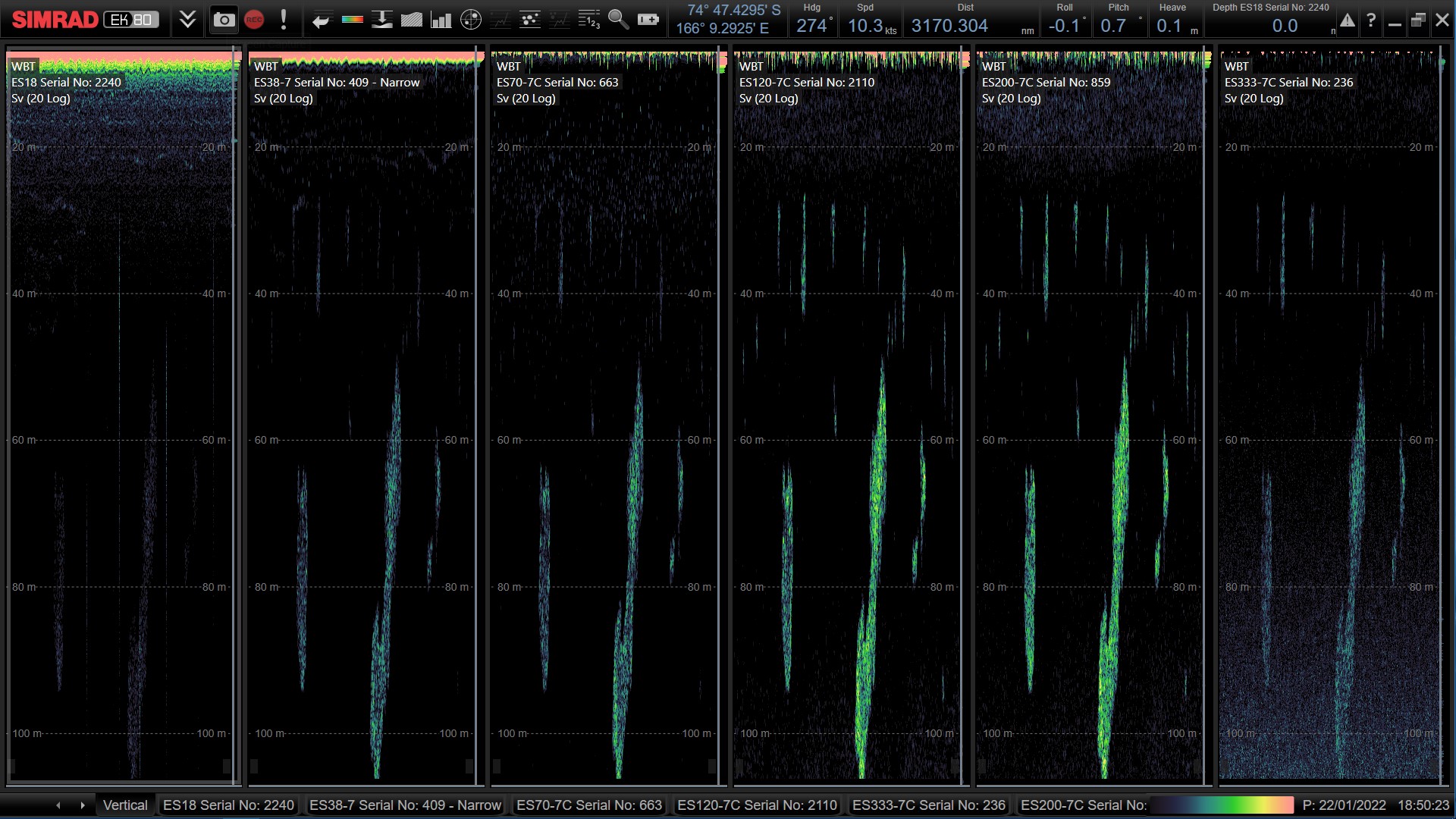ECOLOGICAL DYNAMICS
Type of resources
Available actions
Topics
INSPIRE themes
Keywords
Contact for the resource
Provided by
Years
Formats
Representation types
Update frequencies
status
Scale
-
Antarctic ecosystems have a high number of species, that are closely linked to the presence of sea ice and seasonal cycles. This biodiversity is subject to anthropogenic and natural influences. Macrozoobenthic communities are the 'biological memory' of the ecosystem, structuring themselves as a function of environmental changes over the years. Macrozoobenthos samples were collected using suction dredging and scraping techniques, in soft and hard bottoms. Sampling occurred in 5 different sites.
-
The larval stages can be considered as the link from plankton to benthos. In order to study larval recruitment from zoobenthos, 40 tiles were placed at each of the four sites outlined in the project: Tethys Bay (control), Rod Bay (area subject to anthropogenic impact), Faraglione (control) and Adelie Cove (area subject to natural impact, linked to the presence of a penguin house). Due to adverse environmental factors all the tiles from Faraglione were lost and from Tethys Bay only half were found. The tiles were analysed with the help of a binocular, which enabled better visualisation of the organisms and, consequently, better identification.
-
Antarctic ecosystems have a high number of species, that are closely linked to the presence of sea ice and seasonal cycles. This biodiversity is subject to anthropogenic and natural influences. Zooplankton communities can provide a static snapshot of the health of the ecosystem. Zooplankton samples were collected with a 200 μm mesh net at 3 different sampling points at 80 m depth.
-

The Middle Trophic Level of the Ross Sea is still not well known but it mainly characterized by two species of Krill: Euphausia superba, Euphausia Crystallorophias. These species are a key food source for a wide variety of marine birds and mammals in the Ross Sea. For this reason, it's necessary to improve the knowledge on abundance and spatial distribution of MTL species, and their interconnection with environmental parameters to understand the main drivers of the reproductive success and migrations of these species. In this project, an acoustic survey, a synoptic net sampling and a CTD/XBT samplings were carried out following the standard protocols indicated by CCAMLR. Acoustic monitoring was performed at five frequencies: 38, 70, 120, 200 and 333 kHz. Targeted net samplings were performed to validate the preliminary species allocation of the aggregations observed on the echosounder screen. Biometric measures of krill samples was made on board and samples were taken for further analysis. CTD and XBT data was collected and elaborated to characterize water masses and to study the possible influences of the distribution of the main oceanographic parameters on MTL species.
-

Trophic interactions underlie coexistence mechanisms between species and affect biodiversity and heavy metal bioaccumulation processes. Sea ice dynamics, which at Terra Nova Bay is characterized by an extraordinary seasonality, drives interspecific interactions. Indeed, the activation of the primary production after sea-ice break up opens alternative trophic pathways for consumers. By means of C and N stable isotope analyses, the present project aims at (i) determining food web structure at Terra Nova Bay at different bathymetries and in opposite sea-ice cover conditions; (ii) evaluating heavy metal bioaccumulation in species along food chains, including fish of commercial interests, both in the presence and absence of photosynthetic primary producers. The hypothesis to be tested is if the activation of primary producers following sea-ice break up significantly modifies the food web structure and stability against species loss, as well as heavy metals concentration along food chains. Data on Antarctic food webs are scarce, and even scarcer is our knowledge on mechanisms of primary and secondary biodiversity loss and biomagnification processes in invertebrates and fish. The present research project will shed light on mechanisms underlying biodiversity maintenance in the Antarctic ecosystem and on risks for human health related to heavy metals accumulation in fish species currently or potentially exploited commercially, also in light of expected changes in the extension of sea ice cover. A valuable reference baseline will be established for future studies at the Italian Antarctic Station and for the Marine Protected Area in the Ross Sea.